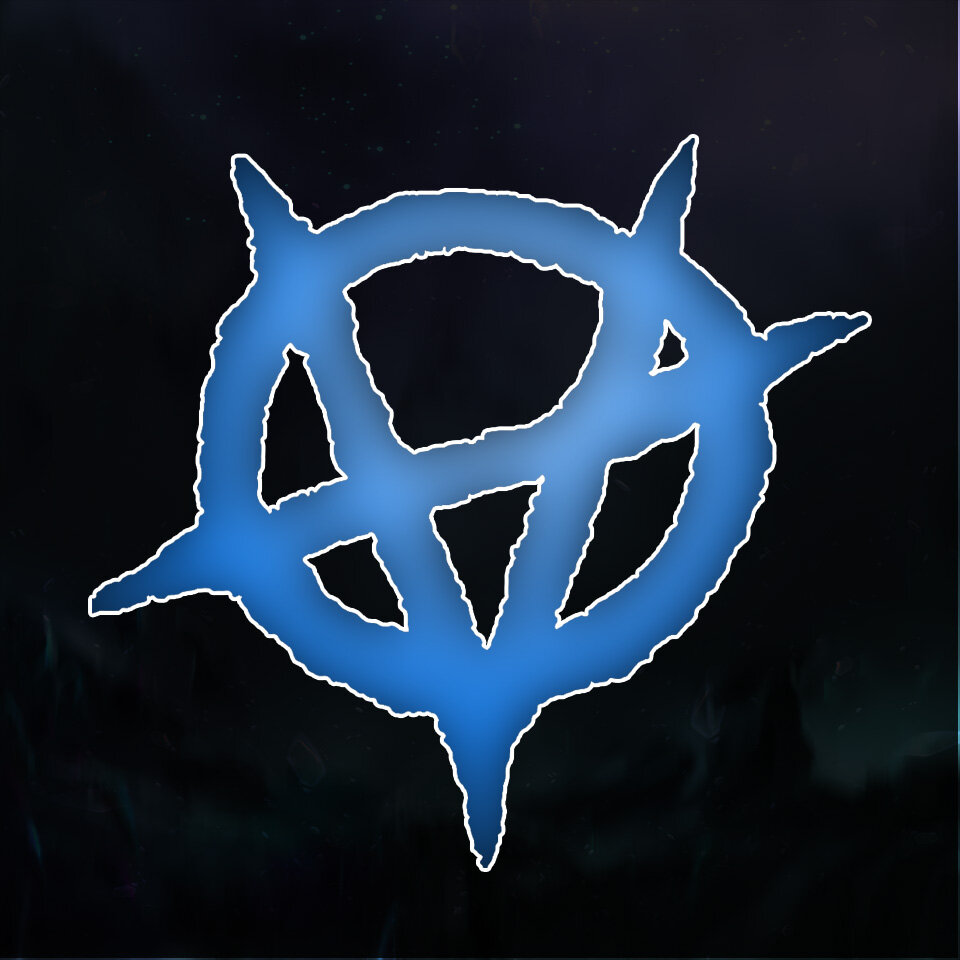Game Design - Numbers Can F***
Welcoming to Gaming 4 Misfits! This is a new series of articles (and possibly videos) where I’ll be diving into what I’m best at - namely, creating games, the mechanics, writing, art directing, and more that comes with them.
This series will have a strong focus on teaching and not selling to you. If you’re interested in learning from someone who’s actively “doing” and figuring out what I do, why I do it, and skipping my mistakes, then this is for you.
Without further ado, I hope you enjoy!
Numbers Carry Meaning
Every element in game design carries weight and meaning. I try and think of evey component, from the game’s box, to the number of cards in a game, to the names of the cards, to the rules and everything in between.
So what component are we talking about today?
Numbers.
Why do numbers matter?
Well, of course they matter in terms of a game’s balance and design, but every number also has meaning and context that we bring to the table.
Still, should you care?
Yes. Now don’t get me wrong. You don’t want to ruin your game’s balance or seriously damage it, just because you want flashy numbers or symbolism, however, if you can make both work, it’s a powerful tool and can even go a long way in aiding your player’s with remembering how cards function.
For example, Ghoullotine itself is built on this principle, playing around avoiding the number 13. People commonly associate the number 13 with horror, so it’s a perfect fit and the perfect number for me to build the game around.
People find it so intuitive that I’ve heard people refer to the game itself as “13” because of how integral of a role it plays.
As for another example, in Heads or Tails I had enough room in the box to have between 68-71 cards. There’s two main decks that I wanted split evenly between the two and then three additional prompt cards. So, I split the two decks into 33 card decks, making it so the total number of cards is 69.
People quickly picked up on this and asked me, “was this intentional?” The answer is yes. ;)
Many people like the humorous nod and it’s fitting, given the game features a succubus on the front cover and is about relationships.
Don’t get me wrong, I wouldn’t sabotage the gameplay for a total of 69 cards, but when the opportunity presents itself, as a game designer, you shouldn’t say no.
So, here’s a quick reference list of numbers and what they mean to me and a Werstern audience at large. Feel free to add to this list, tweak it, flip the script, or do anything else you want with it.
1: A number that designates priority and winning.
2: A number that invokes the meaning of “dual,” and I suppose “duel” as a nice form of wordplay and the idea of two sparring.
3: Holy trinity, sacred
4: Symmetry, squad, corners, squares
5: Penta (potentially “evil”), balance
6: Evil number
7: Sacred number
8: Magic 8-ball, perfect symmetry
9: Mirrors “6”
10: A big number (when compared to previous numbers. 10 has a lot of significance since it’s the first number to enter double digits)
11: Some view this as a “perfect” number. Rhymes with seven.
12: The highest number on a clock. Can be used in relation to things with time.
13: Unlucky, cursed
21: Blackjack number, resonates with trick decks
69: Alludes to a sexual position.
2012: Year that the world was supposed to end (according to Mayan Calendars).
2020: A year that pretty much everyone agrees sucks.
??: These numbers and more might resonate with you, your identity or your brand's identity, such as me being born in 1992, so I might use the number 92 in a way that’s meaningful to me if the game allows for it. You can do the same!
Hope this adds some new perspective for you! If it does, I’d love to hear from you! Let me know in the comments, how you plan to use this to enhance your game design!
Stay awesome!
Vincent
